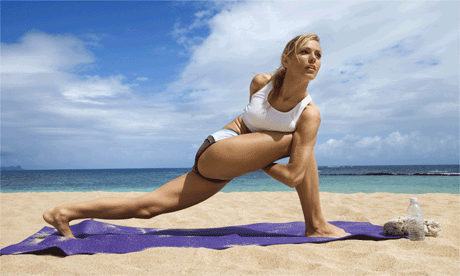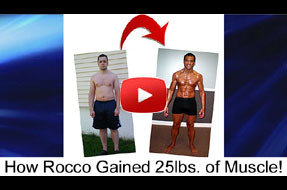
Dynamic vs. Static Stretching with your CT Personal Trainer
Stretching is a crucial part of any fitness program for the obvious benefits of improved flexibility in your joints, increased blood-flow to the muscles, and activity-based injury prevention. We know there are many different types of stretching, but the two we are going to focus about today are Dynamic and Static stretching. Both types of stretches are commonly seen in individual’s workouts and training sessions, and there are still some misconceptions of when to perform them. Which is better, is their a “better” stretch? Let us quickly dive in and compare the two.
Dynamic stretching is, active movements of muscle that bring forth a stretch but are not held in the end position says Cam, CT’s Personal Trainer. In other words, movements that are done repeatedly, and creates slight stretches that increase the amount of ROM, range of motion, in the joints. Also, individuals would want to complete dynamic stretches that compliment the exercises about to be performed. This will prime your muscles that are going to be engaging in exercises, but also mentally prepare you for exercise. For example; if a personal training client was going to perform squats with a barbell, performing lunges with a twist or air squats will not only prime the muscles to but will also loosen important muscles that may be too tight. Dynamic stretching is best to be performed before exercise and as a warm-up. Lastly there are many types of dynamic stretches, but here are some dynamic stretches that may be beneficial to any workout; Inch Worms, Power Skips, Leg Swings (all directions), and Arm Swings.
Static stretching is another type of stretching done when the body is at rest. Static stretching gradually lengthens the muscles to bring it into an elongated position which is then held. Static stretching is related to a more “relaxed” form of stretching, and what makes this stretch different is the held position. Also, static stretches provides a great way to increase flexibility, and can help in correcting muscle imbalances at the joints. After completing a workout your muscles need to be brought back to their original resting length, and holding a stretch to elongate the muscle will help with that. But one big concern with static stretching is performing them while your core temperature is low. Always perform some form of exercise or slightly-intense walk to raise your body’s temperature. That is why performing these types of stretches after a training is recommended. Some examples of static stretching include side-bends, calf stretch, and butterflies.
In conclusion, between static and dynamic stretching neither trump the other, but knowing when to perform which type of stretch will greatly impact you before/after a training. Dynamic stretches help prepare your body for exercise, and can greatly improve a workout when completed before exercise. Static stretching can help elongate muscles after an intense workout, and bring them back to their original length. So preferably, always perform dynamic stretches before a workout and static stretches after a workout. Make sure to always include stretches into an exercise routine, and keep improving!

Cameron is a leading success coach and personal trainer at Horizon Personal Training in CT. Cameron is a NASM Certified Personal Trainer and keeps up to date on the latest fitness trends to ensure success within one’s self! To learn more about Cameron please go to www.horizonpersonaltraining.com.





